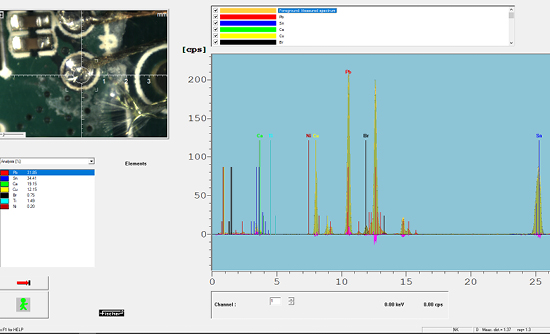
Chemical Regulatory Compliance means legal compliance with substance restrictions, enforced obsolescence, safe use of chemicals, ecodesign, responsible sourcing and supply chain management.
Manufacturers and their supply chains face ever-growing, complex and frequent changes to regulatory and end-client requirements concerning energy consumption, material choices and chemical substance use, responsible sourcing and durability/recyclability which can directly impact product design and drastically affect costs and delivery.
Chemical compliance requirements include:
Understanding how new obligations apply to your business and what action to take as a result is crucial.
We help industry to comply with emerging requirements, built on our expertise from a range of industries and scientific and engineering disciplines.
We also work for key stakeholders involved in the development and implementation of environmental product policy, including the European Commission and UK government.
As such, we have a detailed, current knowledge of status and interpretations in the EU and worldwide.
Our services include:
The following is a non-exhaustive list of legal requirements applicable to certain products and substances/mixtures in certain applications. Showing compliance is often through the use of appropriate standards which are not listed. This list focuses on EU requirements but somewhat analogous requirements often exist in other jurisdictions. In general, UK requirements remain largely aligned with those in the EI but there are significant differences and divergence over time is to be expected.
| Type | Title of legislation | Ref. | Jurisdiction |
| Chemical/ environmental | Restriction of certain Hazardous Substances (RoHS) Directive | 2011/65/EU | EU/EEA |
| Chemical/ environmental | REACH Regulation | 1907/2006 | EU/EEA |
| Chemical/ environmental | Food Contact Materials Regulation | 1935/2004 amended by 2019/1381 | EU/EEA |
| Chemical/ environmental | Stockholm Convention | International | |
| Chemical/ environmental | Toxic Substances Control Act (TSCA) | US Federal | |
| Chemical/ environmental | Batteries Directive | 2006/66/EC amended by 2013/56/EU | EU/EEA |
| Chemical/ environmental | Ecodesign (Framework) Directive – and implanting regulations | 2009/125/EC | EU/EEA |
| Chemical/ environmental | Classification, Labelling and Packaging Regulation (CLP) | 1272/2008 | EU/EEA |
| Chemical/ environmental | Biocidal Products Regulation | 528/2012 | EU/EEA |
| Chemical/ environmental | The Fluorinated Greenhouse Gases (F-Gas) Regulation | 517/2014 | EU/EEA |
| Chemical/ environmental | The Persistent Organic Pollutants (POPs) Regulation | 2019/1021 | EU/EEA |
| Chemical/ environmental | Waste Electrical and Electronic Equipment (WEEE) Directive | 2012/19/EU | EU/EEA |
| Chemical/ environmental | Proposition 65 | California | |
| Chemical/ environmental | Waste Framework Directive - SCIP | EU/EEA | |
| Both | Toy Safety Directive | 2009/48/EC | EU/EEA |
| Technical | Low Voltage Directive (LVD) | 2014/35/EU | EU/EEA |
| Technical | Radio Equipment Directive (RED) | 2014/53/EU | EU/EEA |
| Technical | Electromagnetic Compatibility (EMC) Directive | 2014/30/EU | EU/EEA |
| Technical | Pressure Equipment Directive (PED) | 2014/68/EU | EU/EEA |
| Technical | Simple Pressure Vessels Directive | 2014/29/EU | EU/EEA |
| Technical | Personal protective equipment (PPE) Regulation | 2016/425 | EU/EEA |
| Technical | Equipment for potentially explosive atmospheres (ATEX) | 2014/34/EU | EU/EEA |
| Technical | Machinery Directive | 2006/42/EC | EU/EEA |
- Understanding requirements that apply to a particular type of product placed on the market in a certain jurisdiction – and what to do as a result
- Keeping up to date with changes in existing requirements and emerging new ones. Understanding how to respond.
- Understanding upcoming obsolescence issues caused by restriction of chemical substances (e.g. RoHS, REACH, TSCA) and avoiding regrettable substitution.
- Assessing presence of Substances of Very High Concern (SVHC) in products and components.
- Eco-design and sustainability
- Chemical content testing or technical analysis
- Understanding end-of-life obligations (e.g. WEEE, batteries)
- Demonstrating conformity
- Assessing safety/risk
- Responsible sourcing (conflict minerals)

